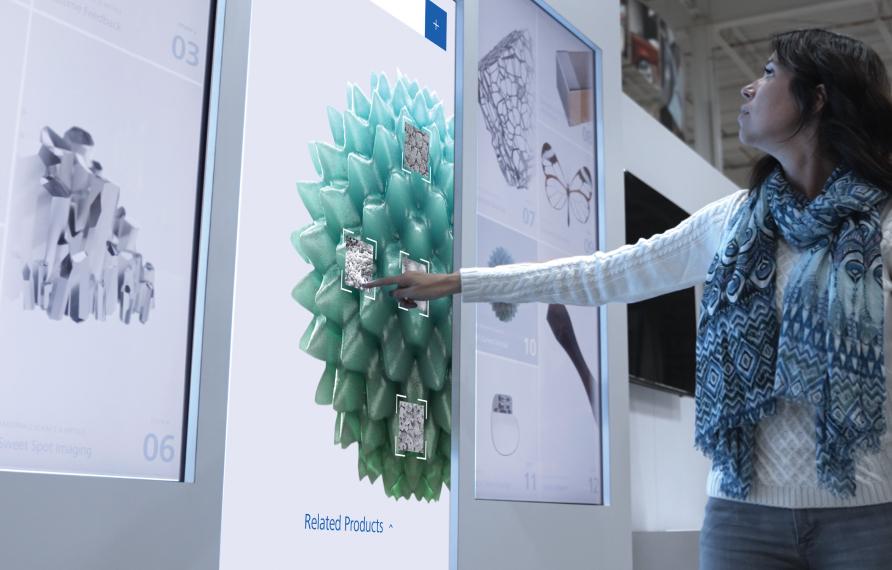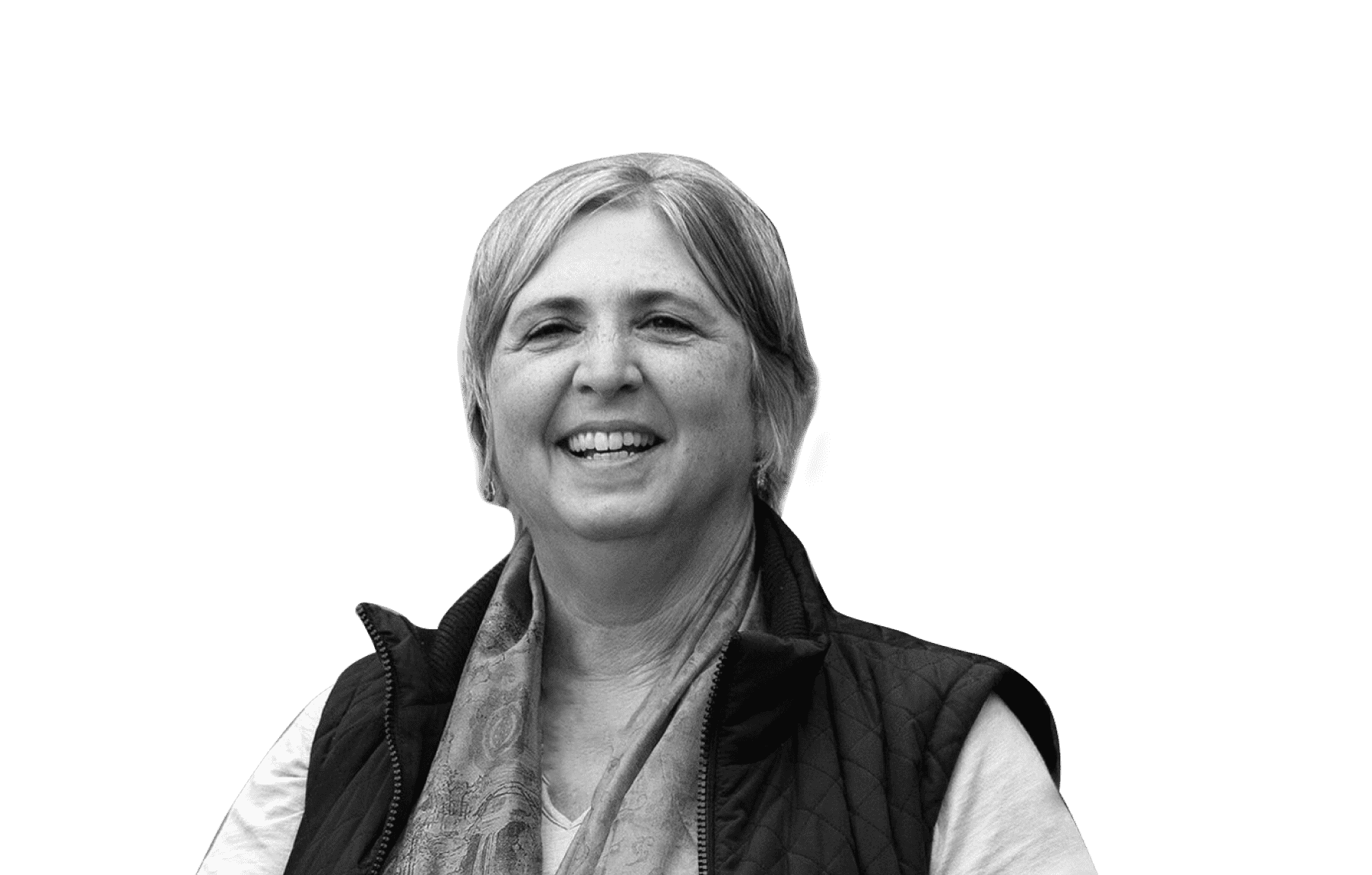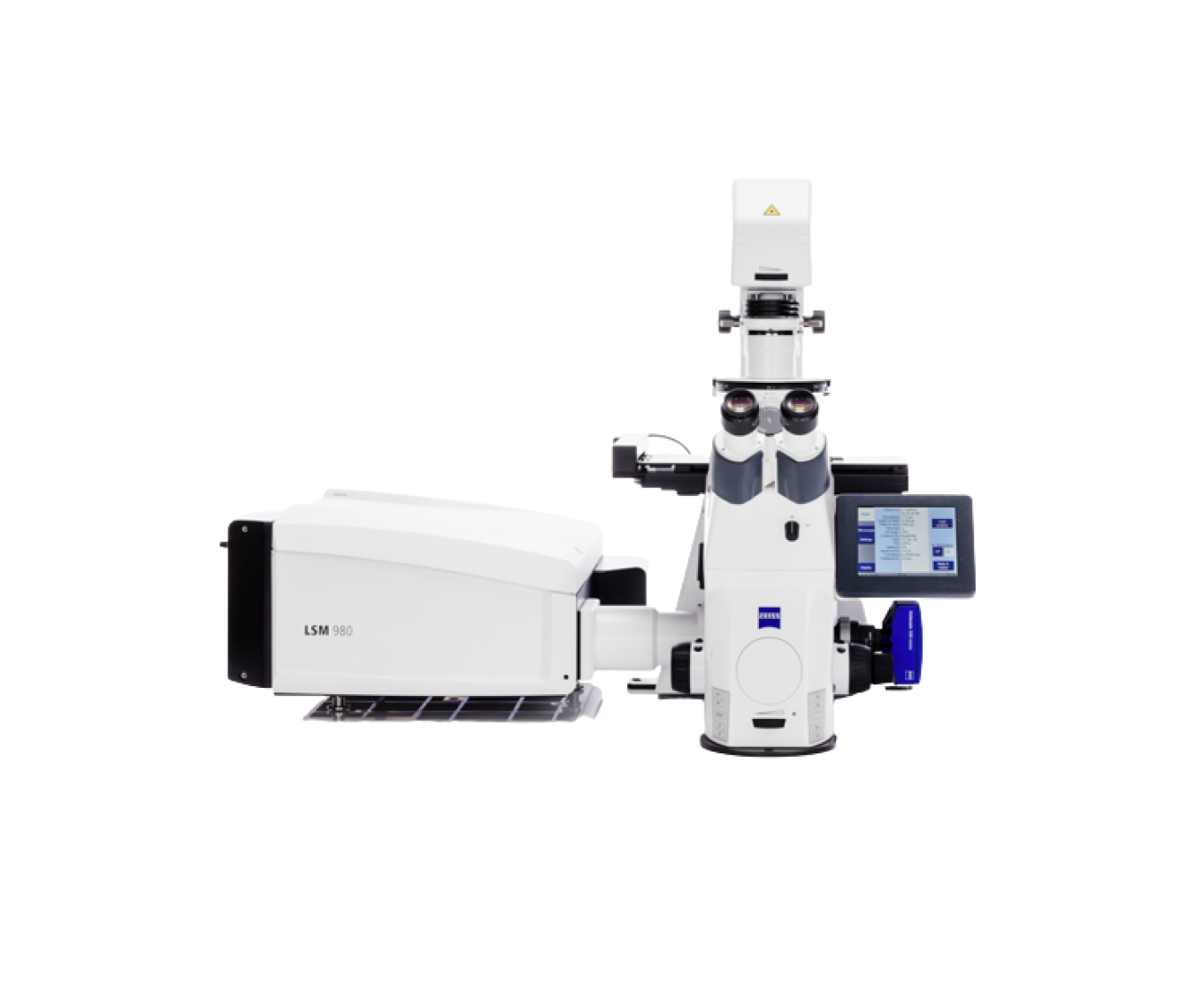Microtubule Transport
With Dr. Ben Prosser


The heart’s little helpers.
From the lab of Dr. Ben Prosser
Dr. Benjamin Prosser’s work focuses on how changes at a cellular level affect the growth and mechanics of the heart. Specifically, his lab studies microtubules in heart muscle cells that provide the working force behind each heartbeat.
The heart changes size and shape, due to stress from pregnancy or hypertension for instance. Scientists were unclear on how the heart remodels itself on the cellular level.
Dr. Prosser’s work revealed that microtubules are responsible for transporting materials to areas in need of remodeling. He observed that microtubules intelligently redistribute growth-inducing mRNAs and subcellular proteins to sites of growth on demand. These discoveries are instrumental in understanding how the heart adapts to stress.
Messenger RNA transport in the heart
Microtubules (black) serve as the tracks by which the ribosomes and mRNAs (yellow) are moved around the heart muscle cell. Optimal positioning of these proteins requires microtubule transport and is essential for growing the heart cell.



Transporting the heart’s littlest helpers
Microtubules serve as the tracks by which the protein translation machinery are moved around the heart muscle cell. We’ve found that optimal positioning of mRNAs and ribosomes requires microtubule transport and is essential for growing the heart cell on demand.


“Peering deep into the heart and brain unveils elegant complexity and new therapeutic possibilities.”
At Penn Medicine’s Prosser Lab, Dr. Benjamin Prosser leads research teams that focus on cardiac mechanobiology to develop new therapies for heart disease. And recently an arm of his lab has been dedicated to genetic therapies for neurodevelopmental disorders of the brain.

Experience more breakthroughs and download Dr. Ben Prosser’s full research report.

Connect with us to go deeper on this research and receive updates on future breakthroughs.
Join us live
Locate a ZEISS event near you and discover the power of possibilities.

























